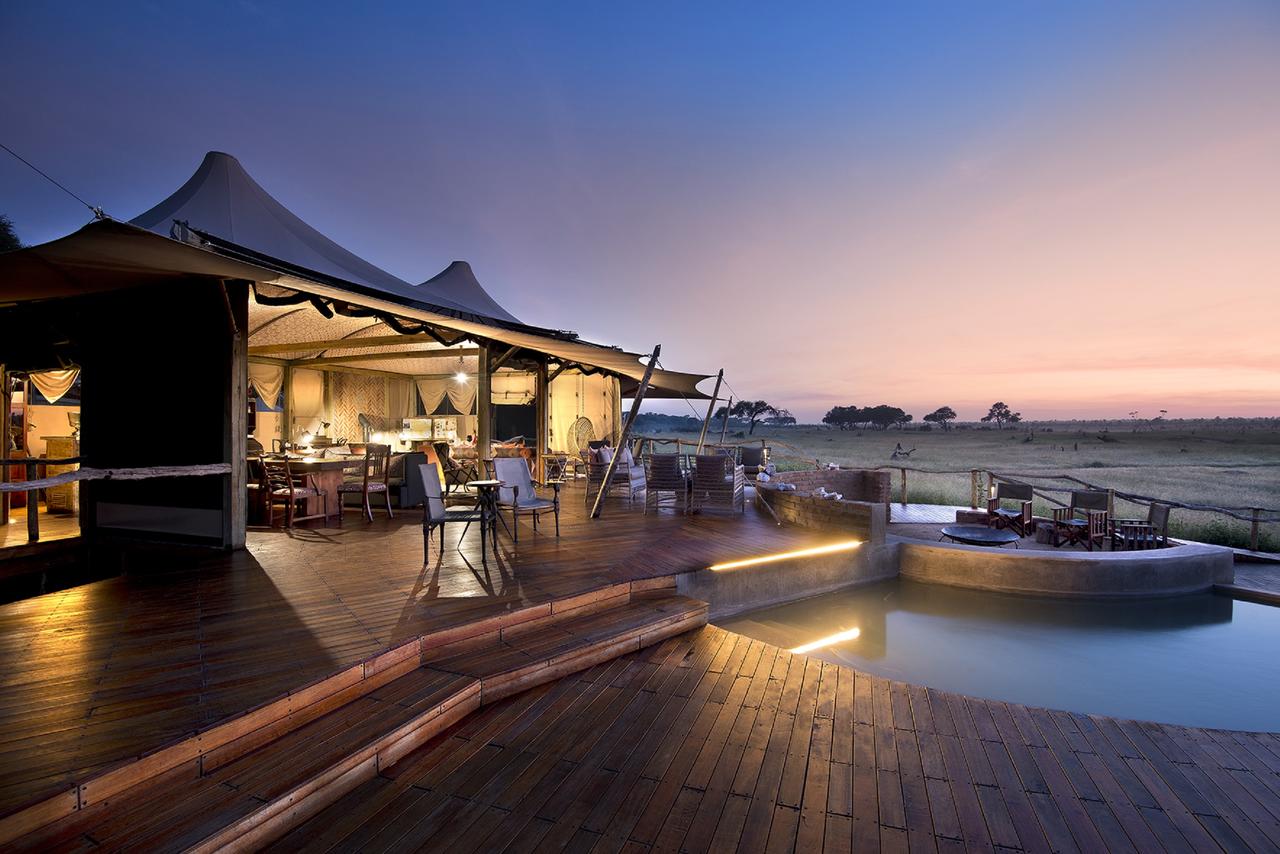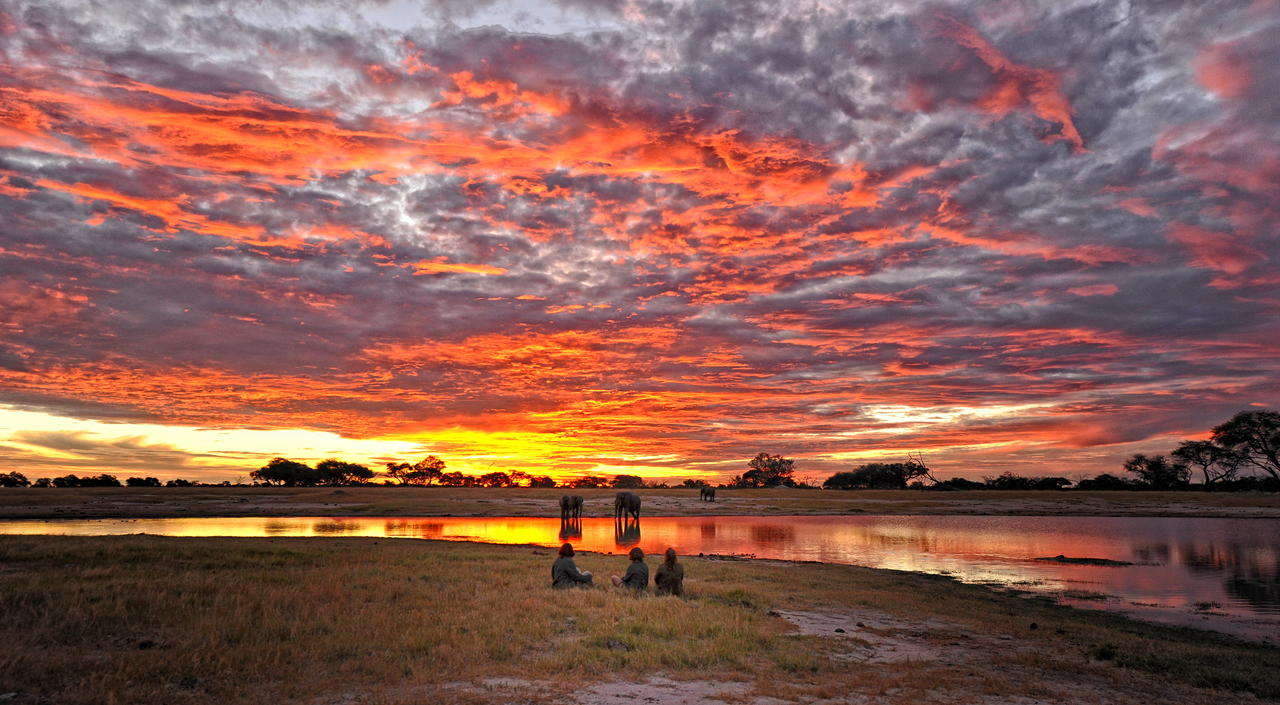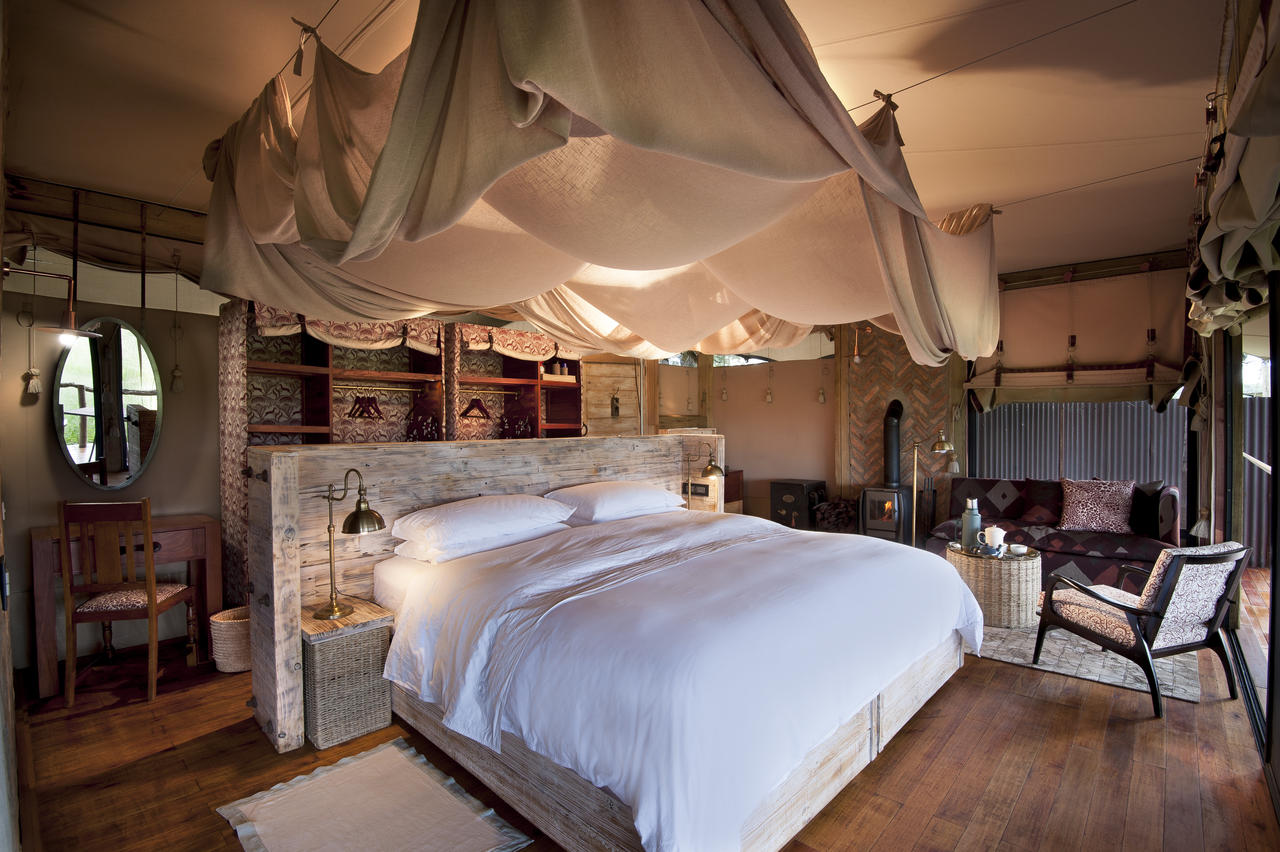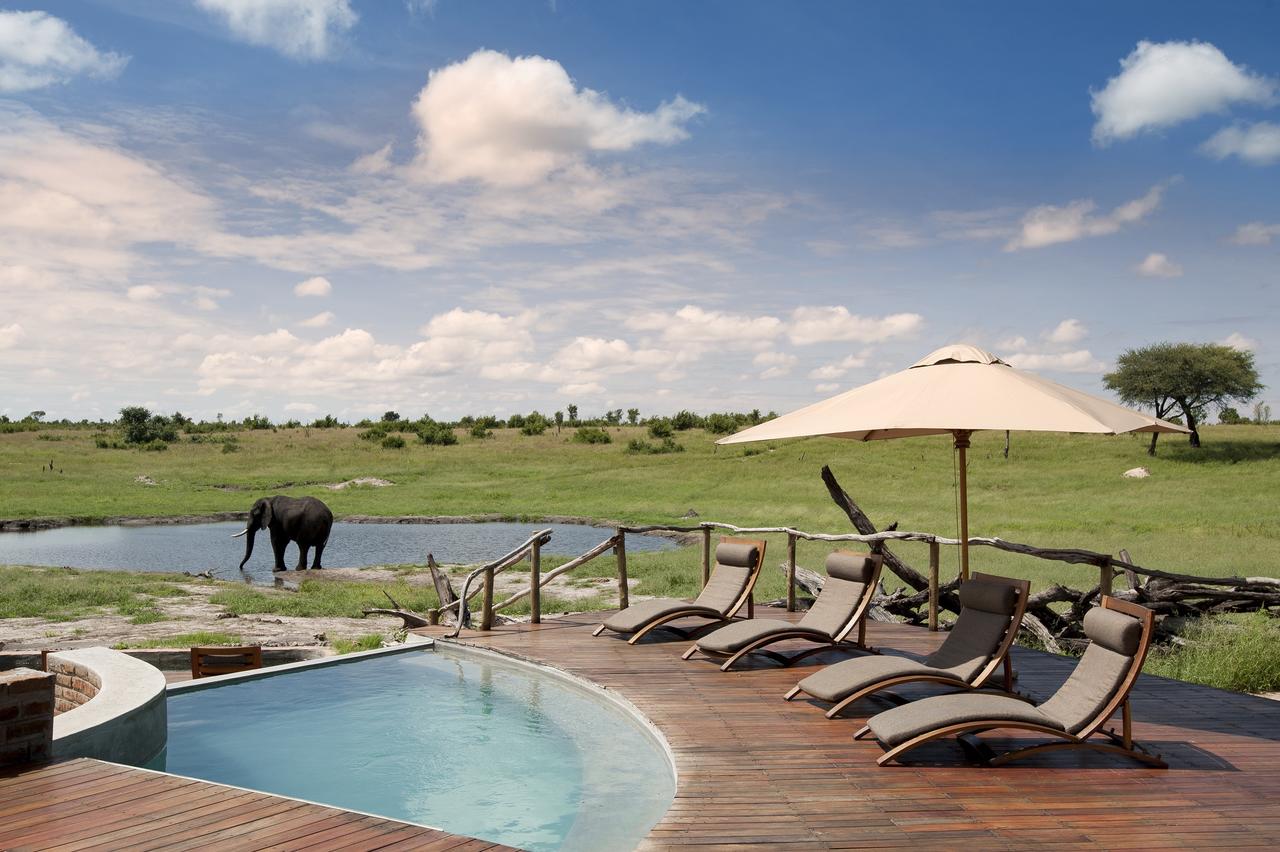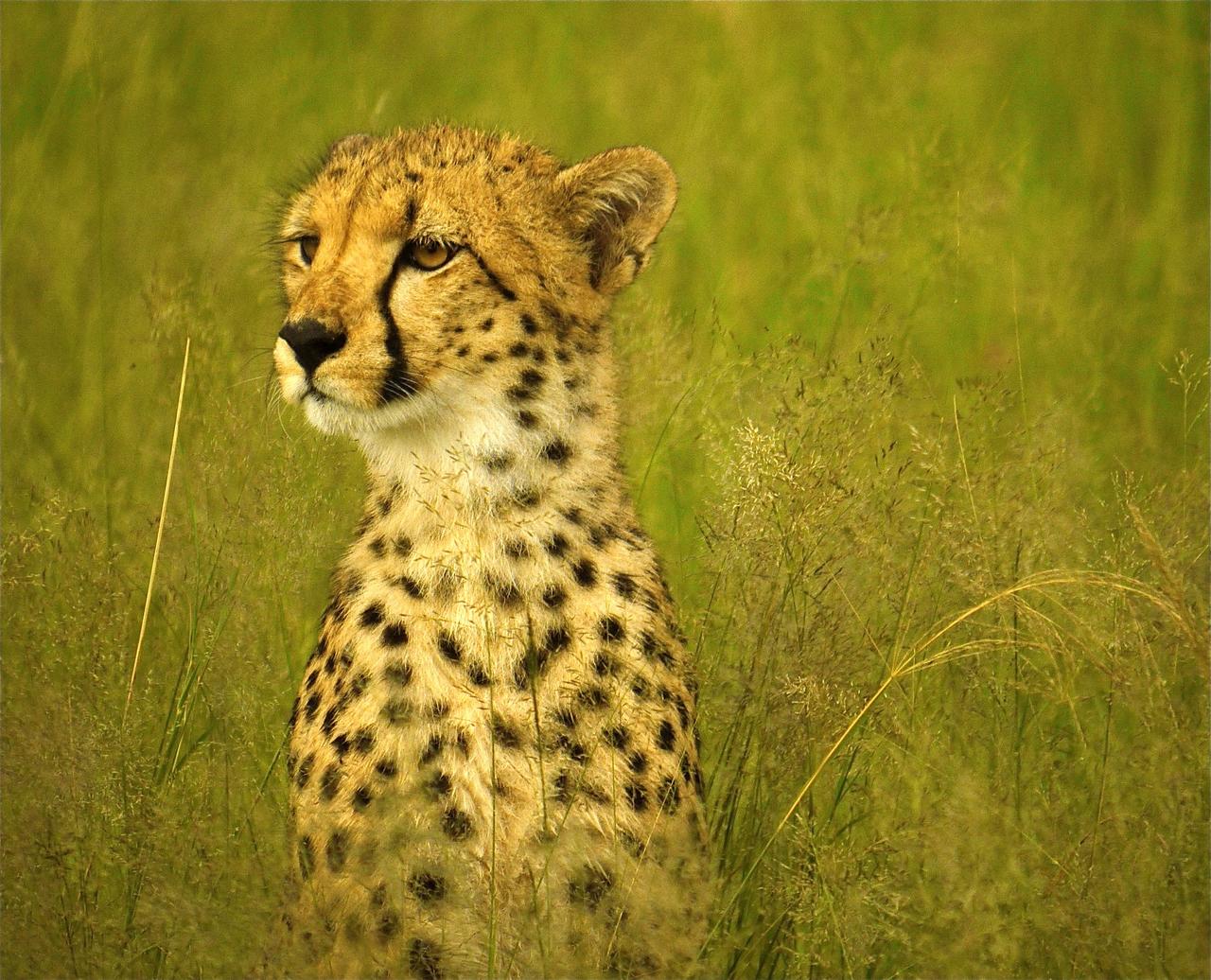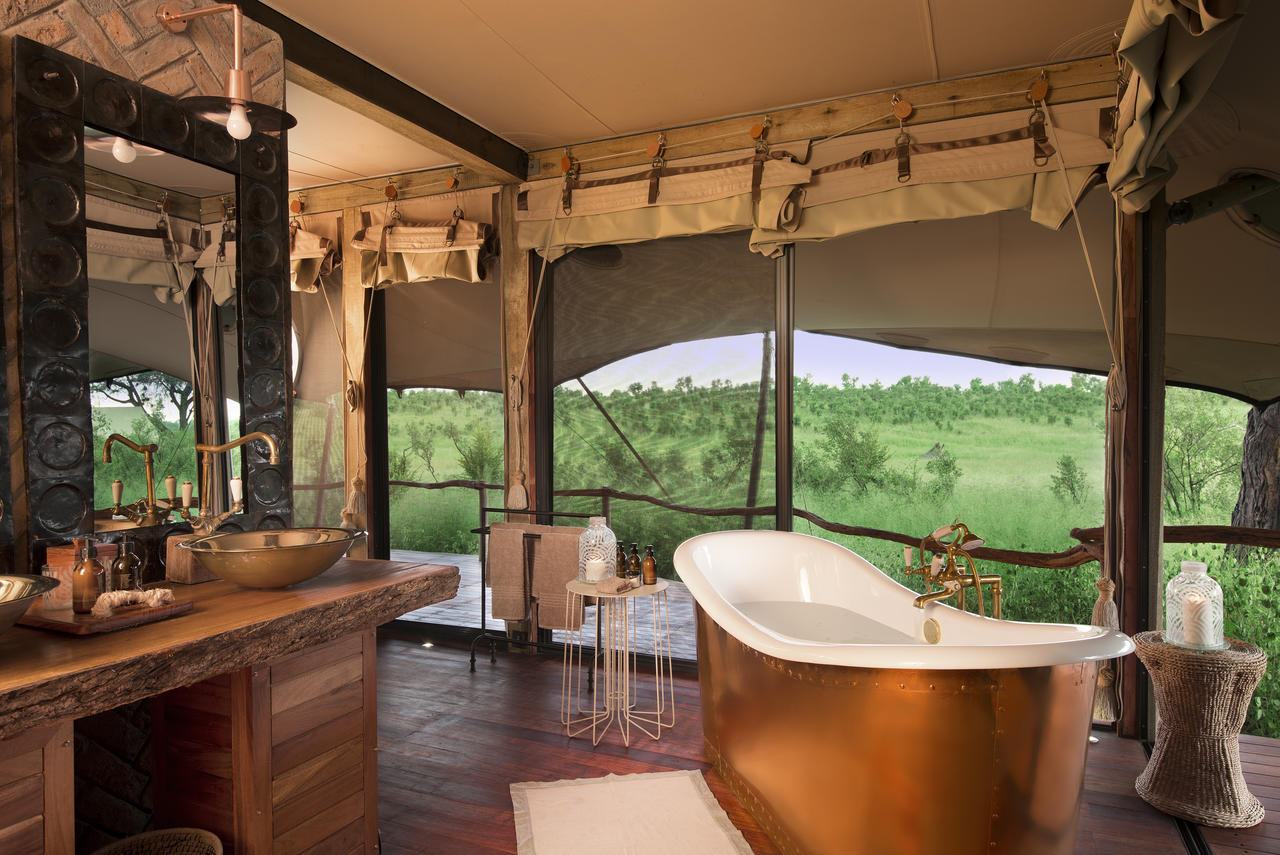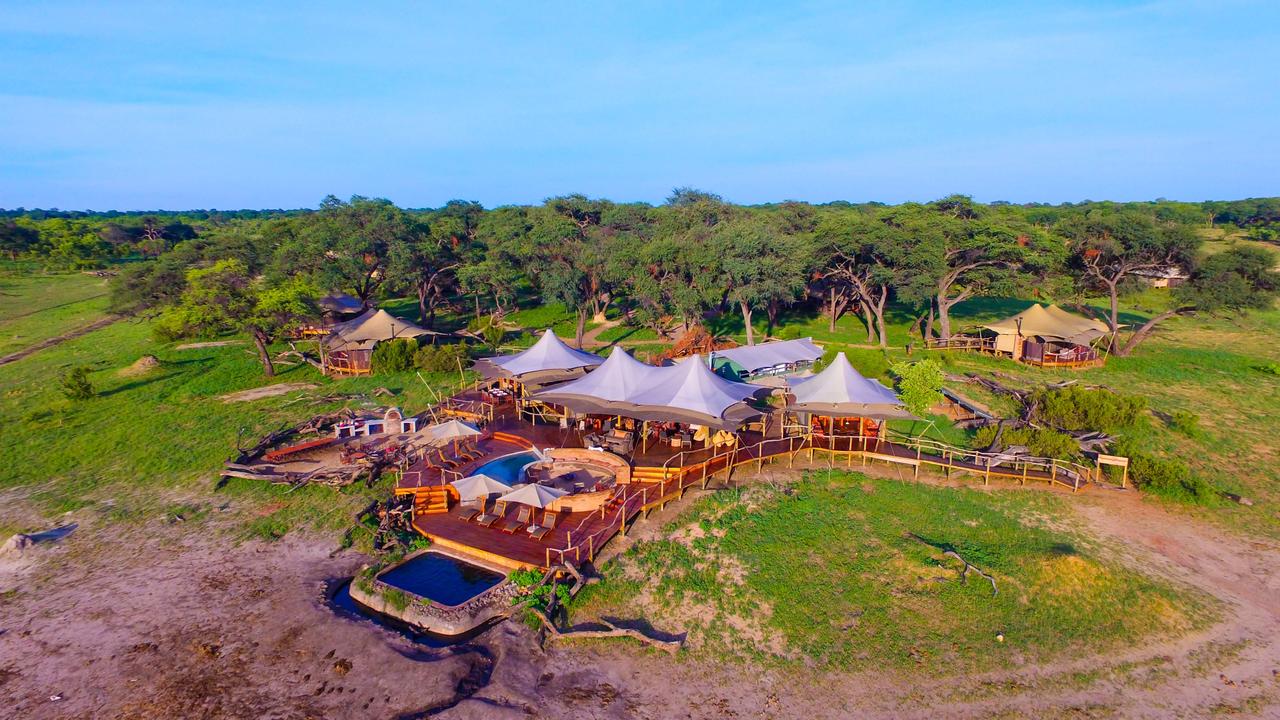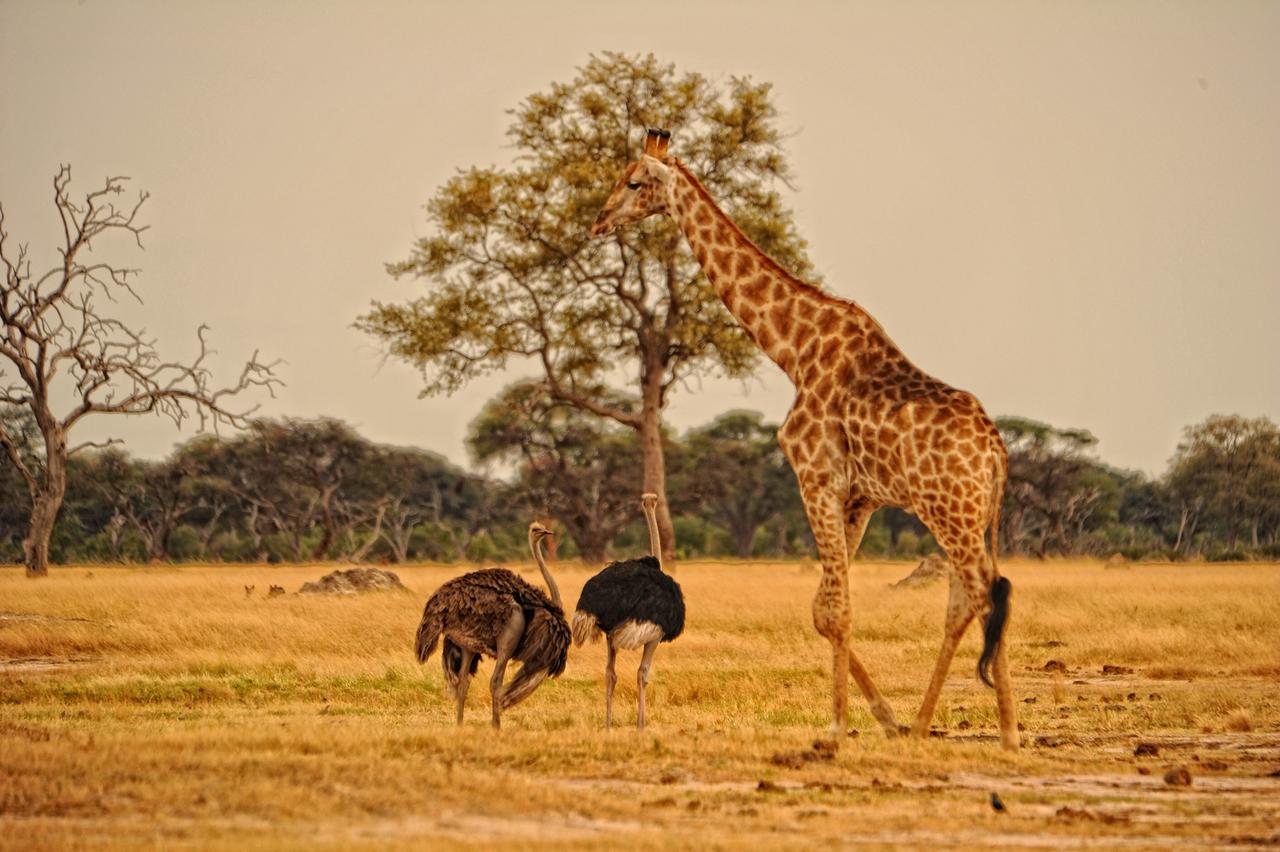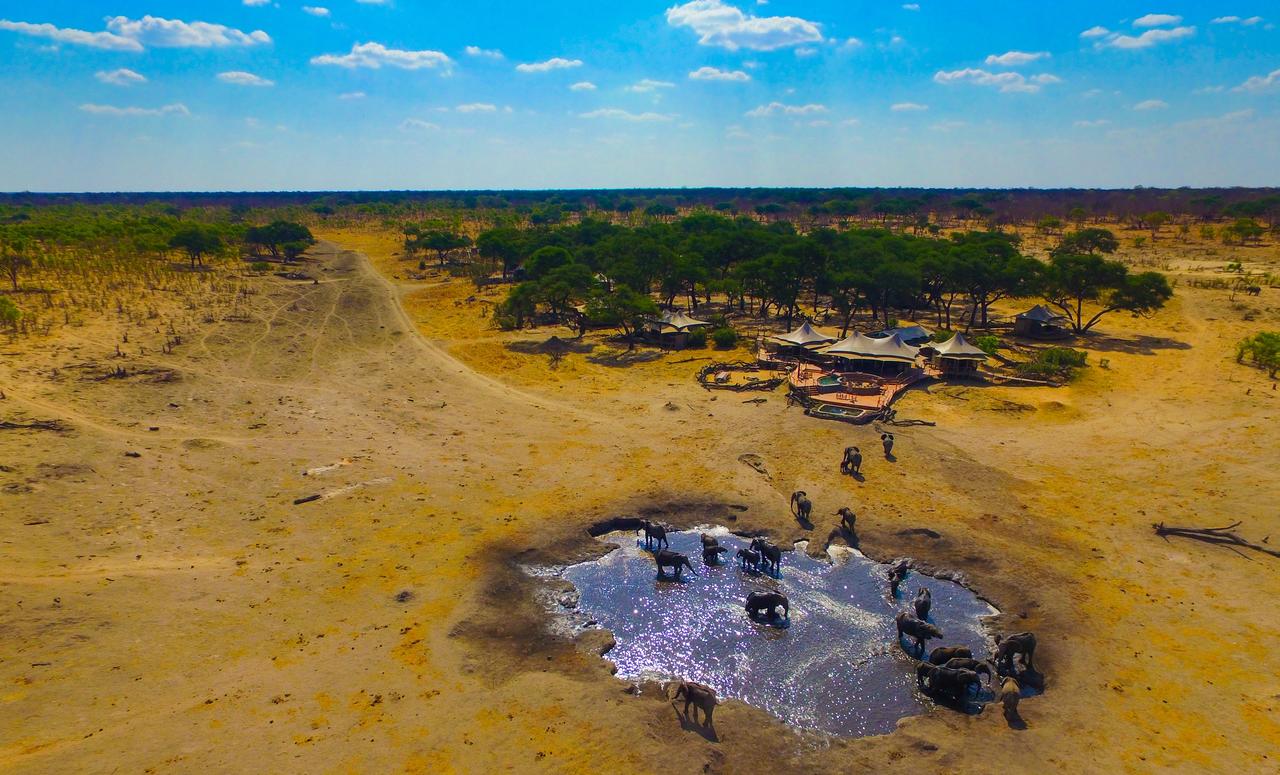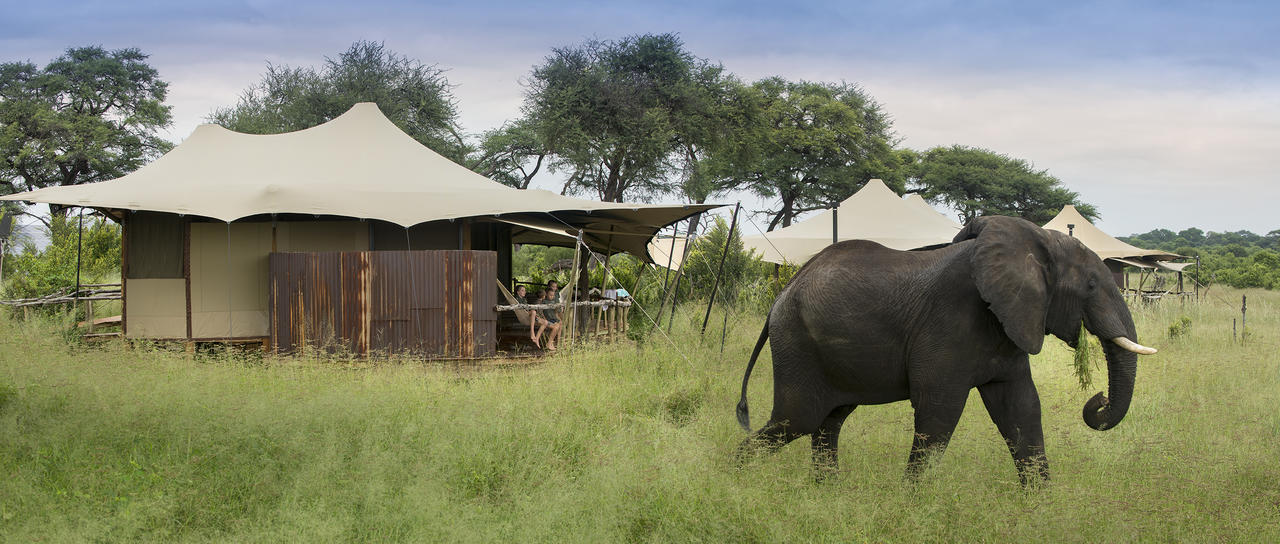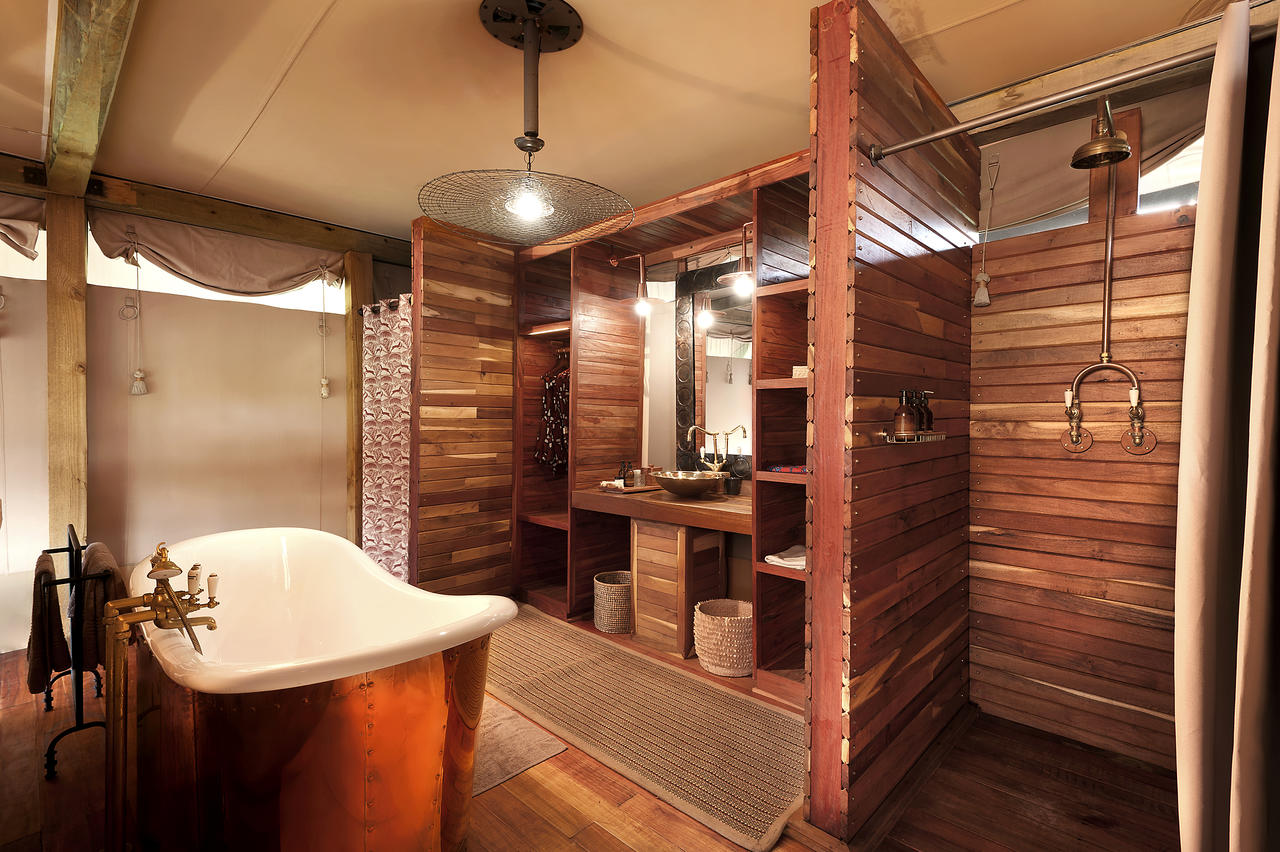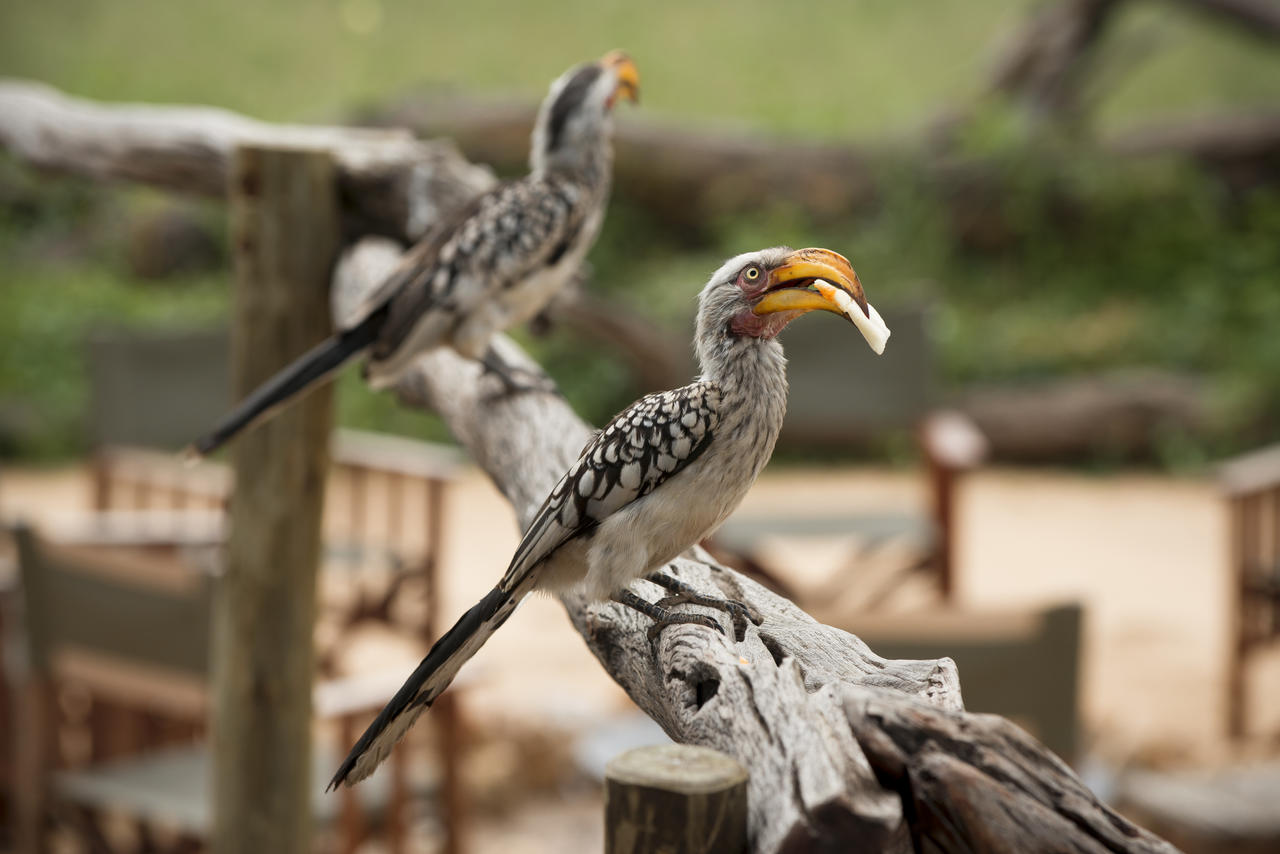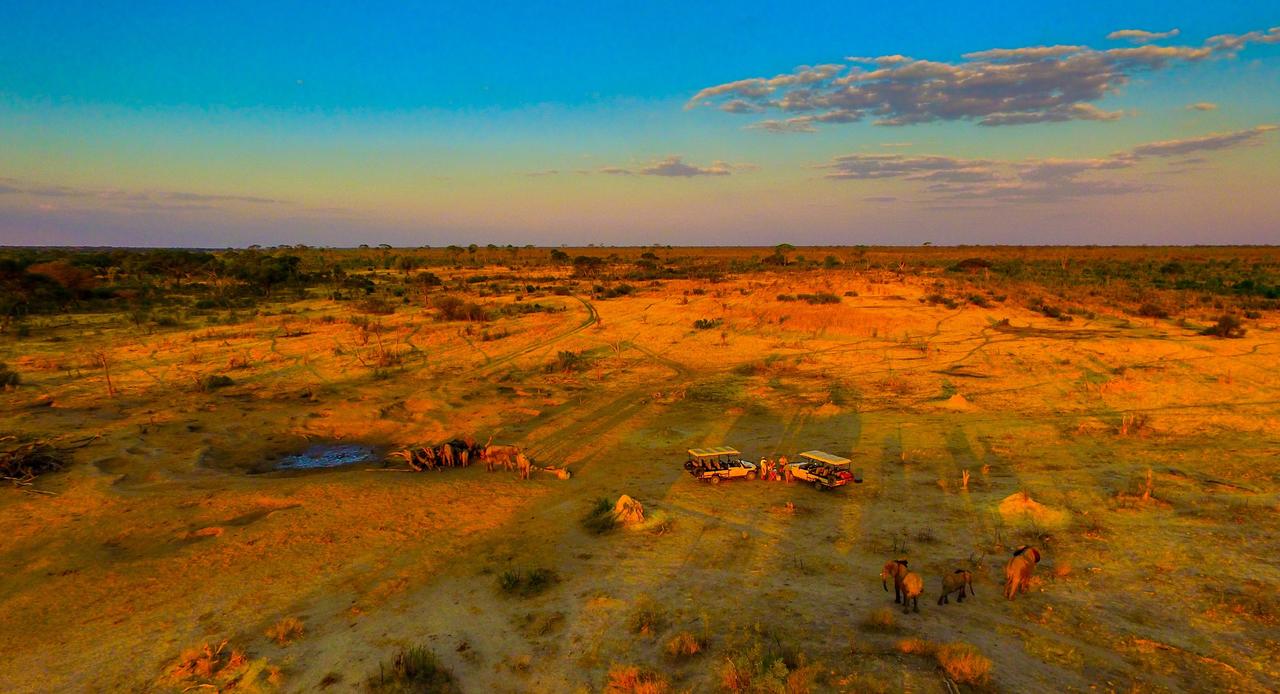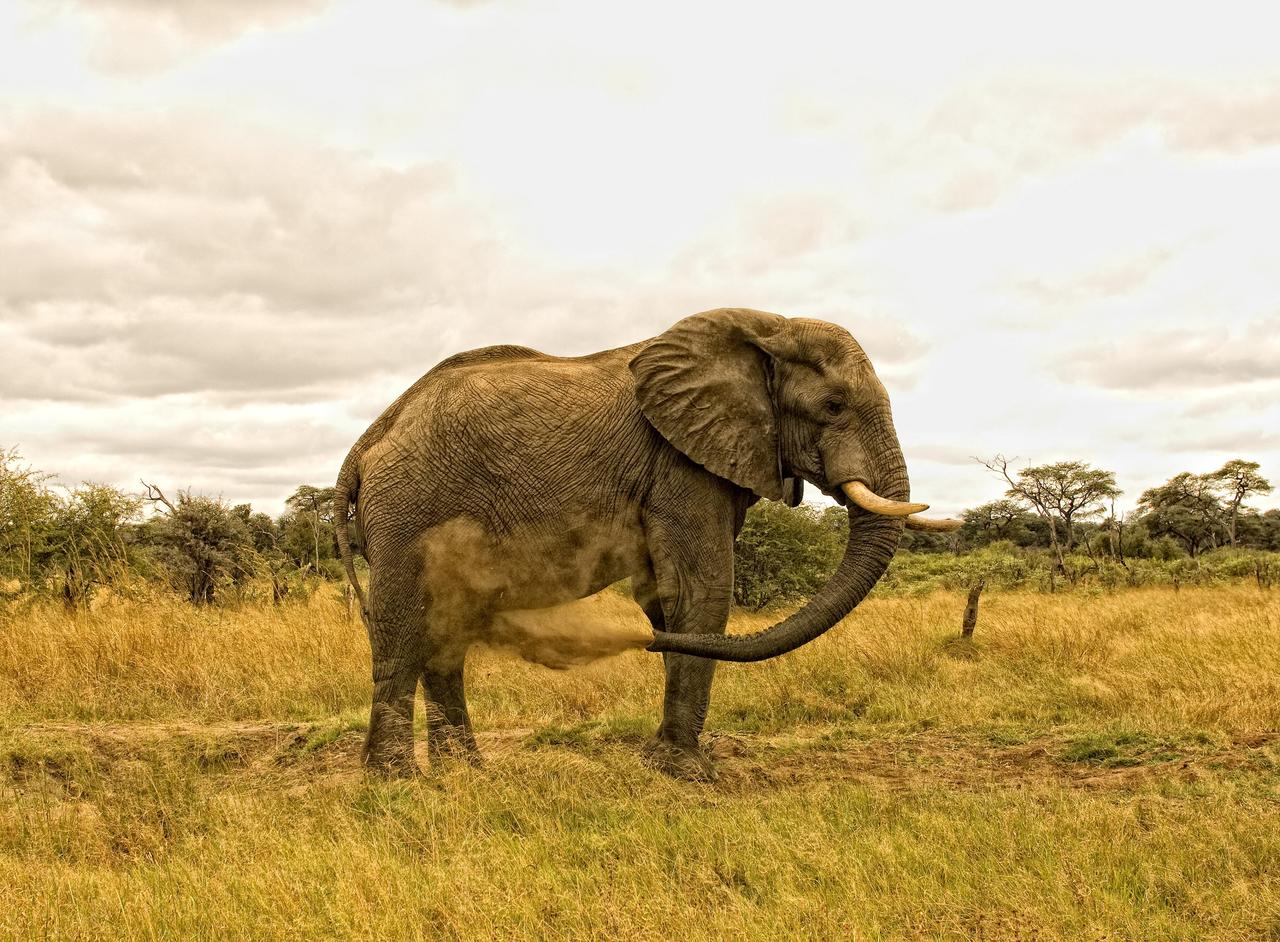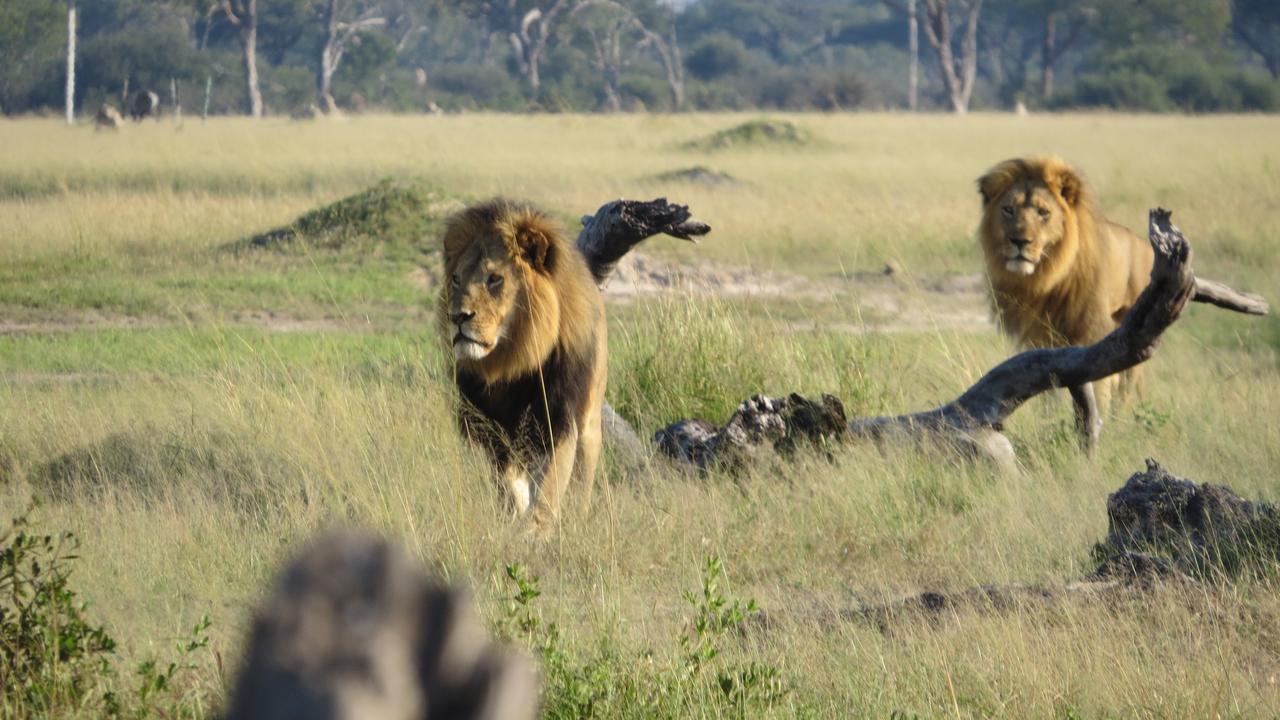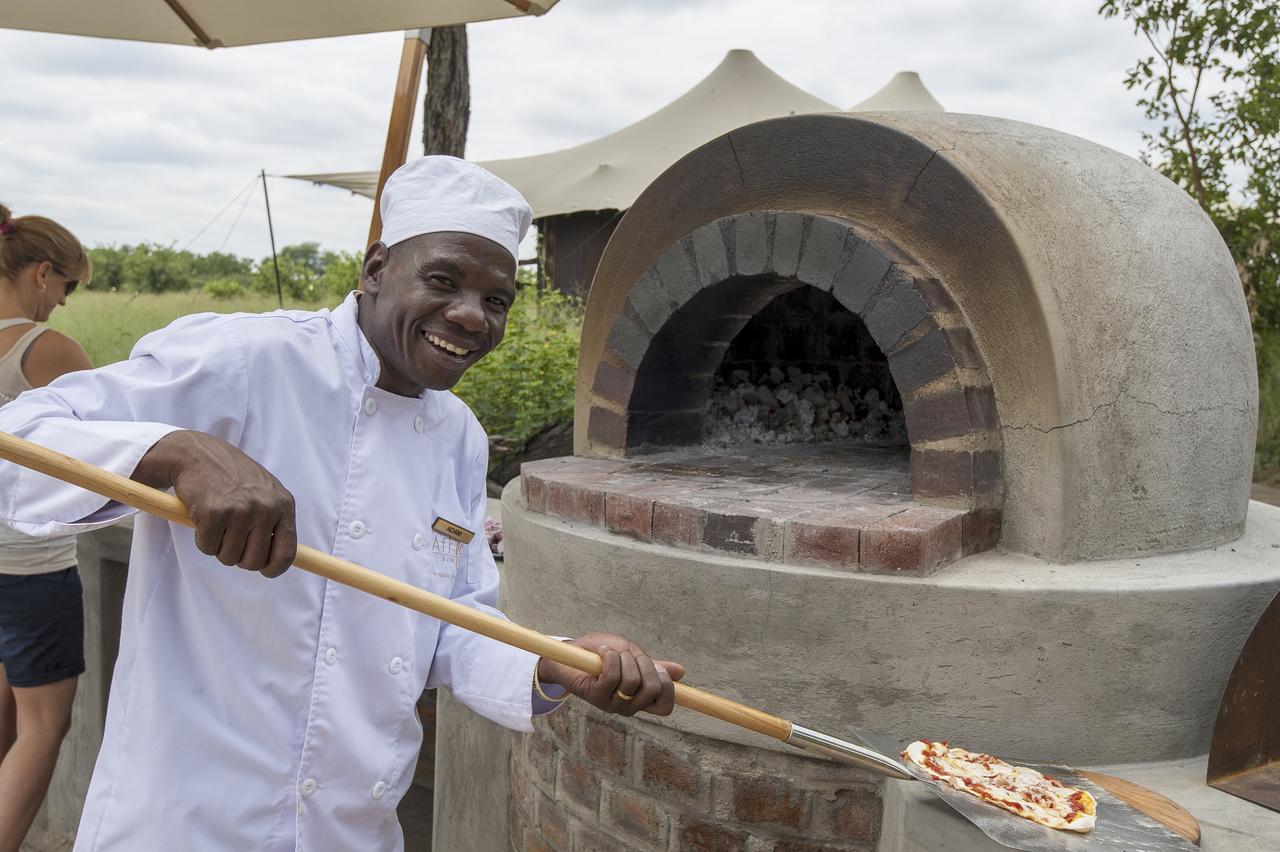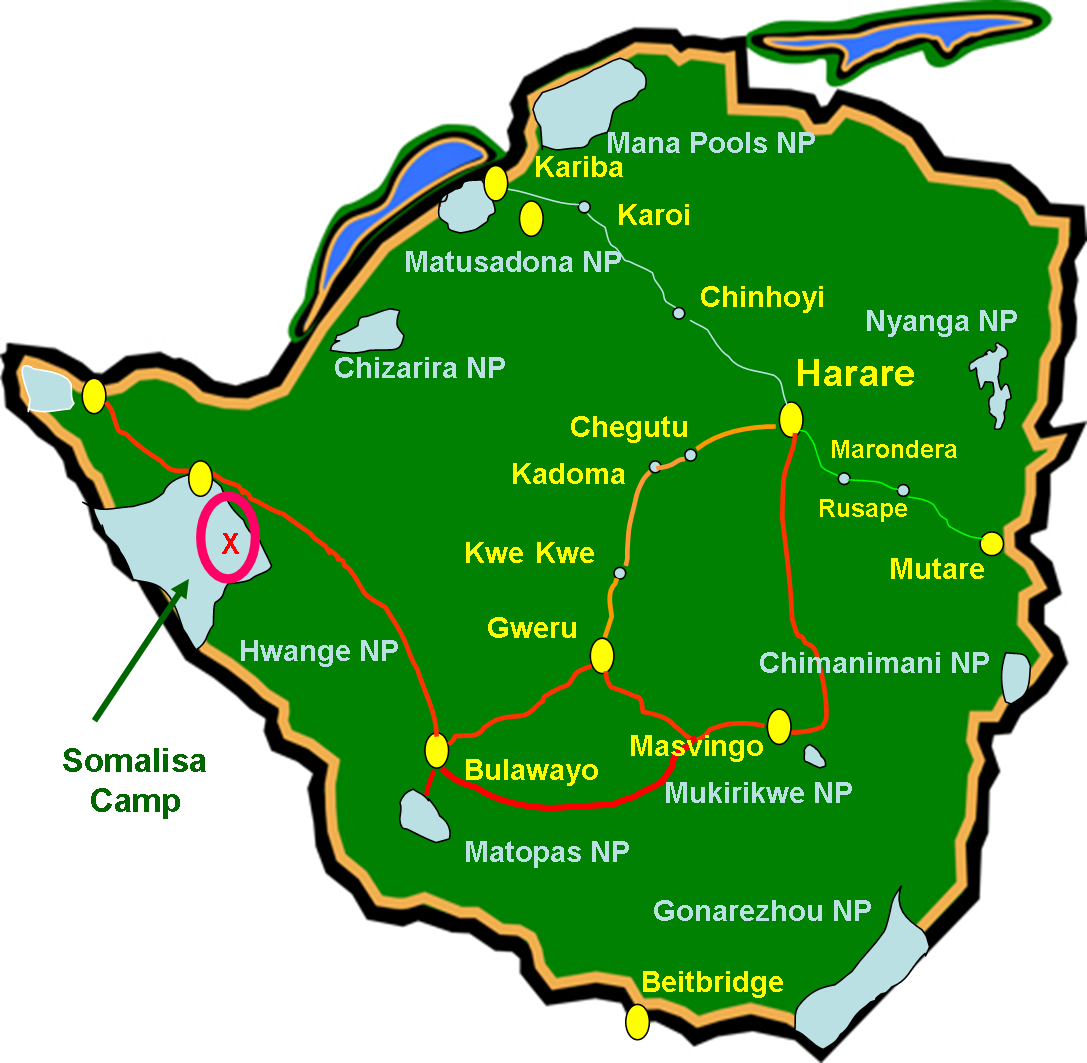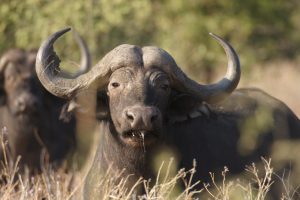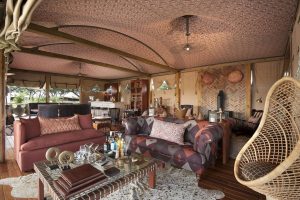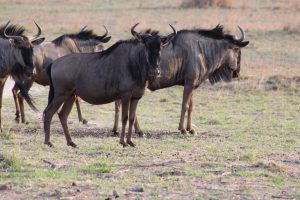Somalisa Camp
Situated in the North West of Zimbabwe in Hwange National Park
Somalisa Tented Camp is located on the eastern side of Hwange, Zimbabwe’s largest National Park which is 14,651 km2 (5,657 sq miles) in area. It is nestled in a stunning location tucked away on an acacia island along the edge of an ancient seasonal flood plain. Somalisa provides guests with breathtaking views of the savannah plains across the famous Kennedy Vlei line. Not only is Somalisa wonderfully situated within the park with excellent game viewing, guests have easy access to the Hwange road network for game drives.
The beauty of Somalisa Lodge is that it combines luxurious and private accommodation with old world hospitality and service. Somalisa reflects Africa’s timeless wonder and natural beauty and provides guests with the ultimate and utterly unforgettable safari experience.
Consisting of seven elegantly furnished Sail Tents with gauze sliding doors, a glass wood-burner fireplace for the cold winter nights, and an overhead fan for the hot summer days, each tent has en suite bathroom facilities including flush toilets, an indoor and outdoor shower, as well as a copper slipper-style bathtub.
The main decking area includes split level decking with a separate lounge and dining area, as well as a small splash pool for guests overlooking the “Elephant Pool” and a natural waterhole where herds of game congregate to drink and where guests can relax whilst soaking in the African bush.
During the warmer months you can take a dip in the pool located on the deck overlooking the waterhole or gather around the fire pit underneath the brilliant African night sky, where guests can enjoy a relaxing drink and share their experiences. These special moments truly capture the essence of the African experience and does not compare to any other place in the world. Many fond memories will be created and guests find themselves reminiscing about those special nights around the campfire years after they have departed from this very special place. It is such a pleasure to witness the excitement of visitors describing their safari experiences and ‘sightings’ for the day… all before indulging in the delightful cuisine prepared by Somalisa’s talented chefs.
Activities include guided walks lead by qualified and passionate guides who will share their knowledge and love of the bush with you, game drives and night drives. Wildlife sightings include elephant, kudu, sable antelope, zebra, wildebeest, gemsbok, the rare and endangered roan antelope, buffalo, giraffe, lion, leopard, hyena, and many other wildlife species. See ‘Wildlife’ below.

